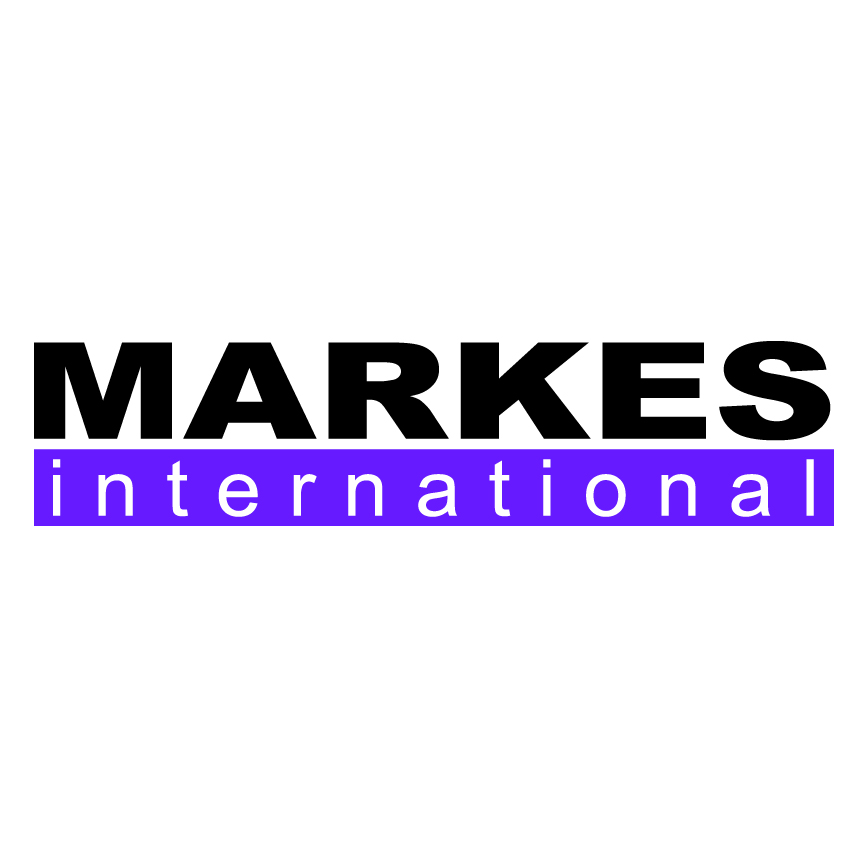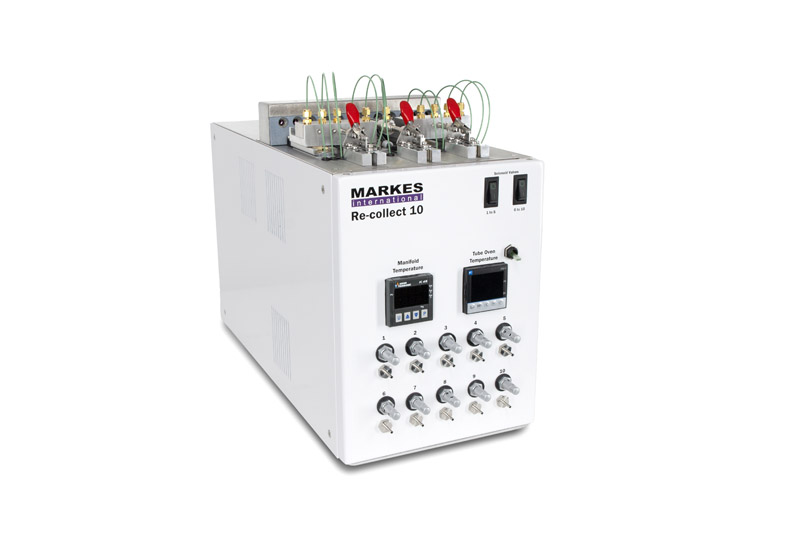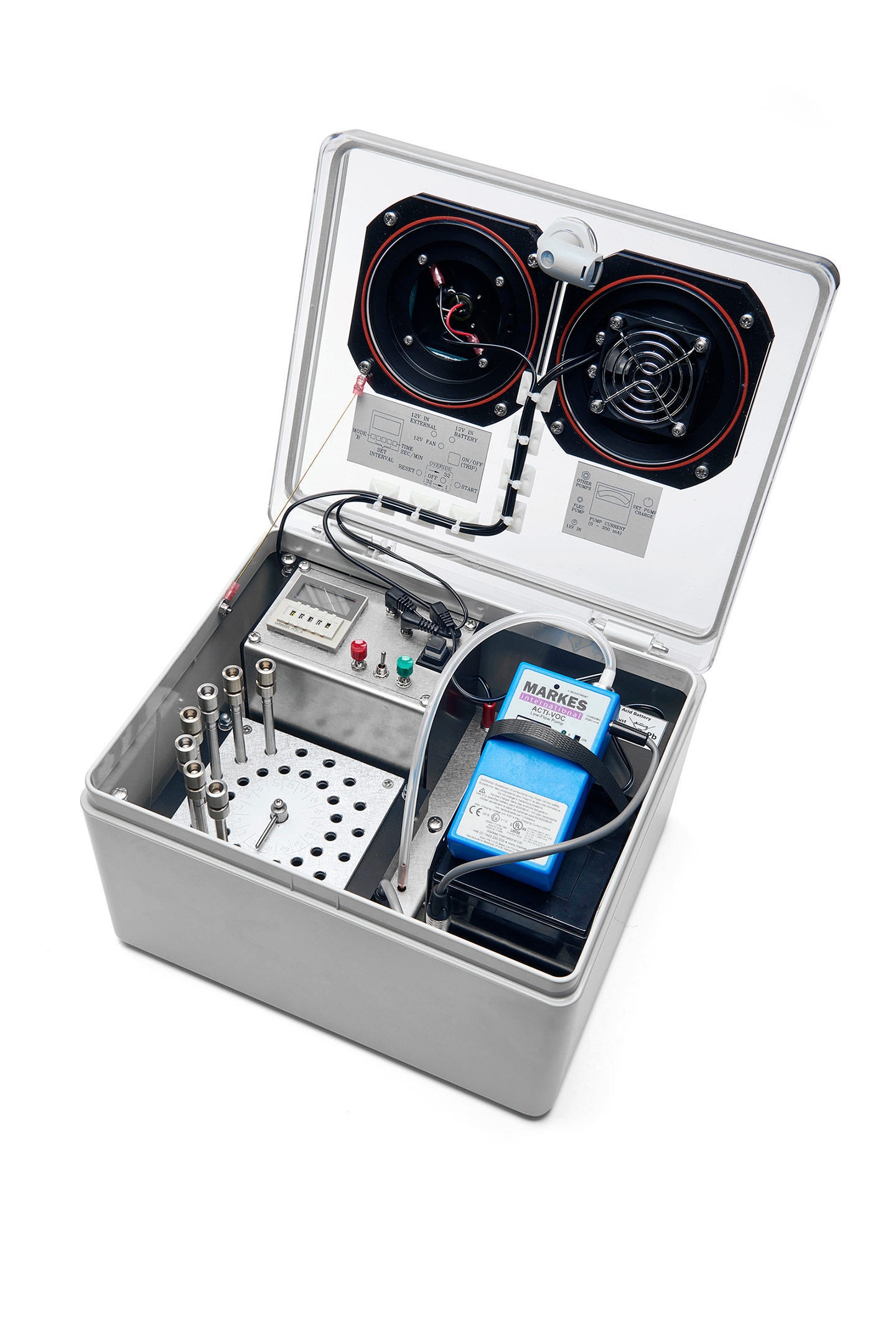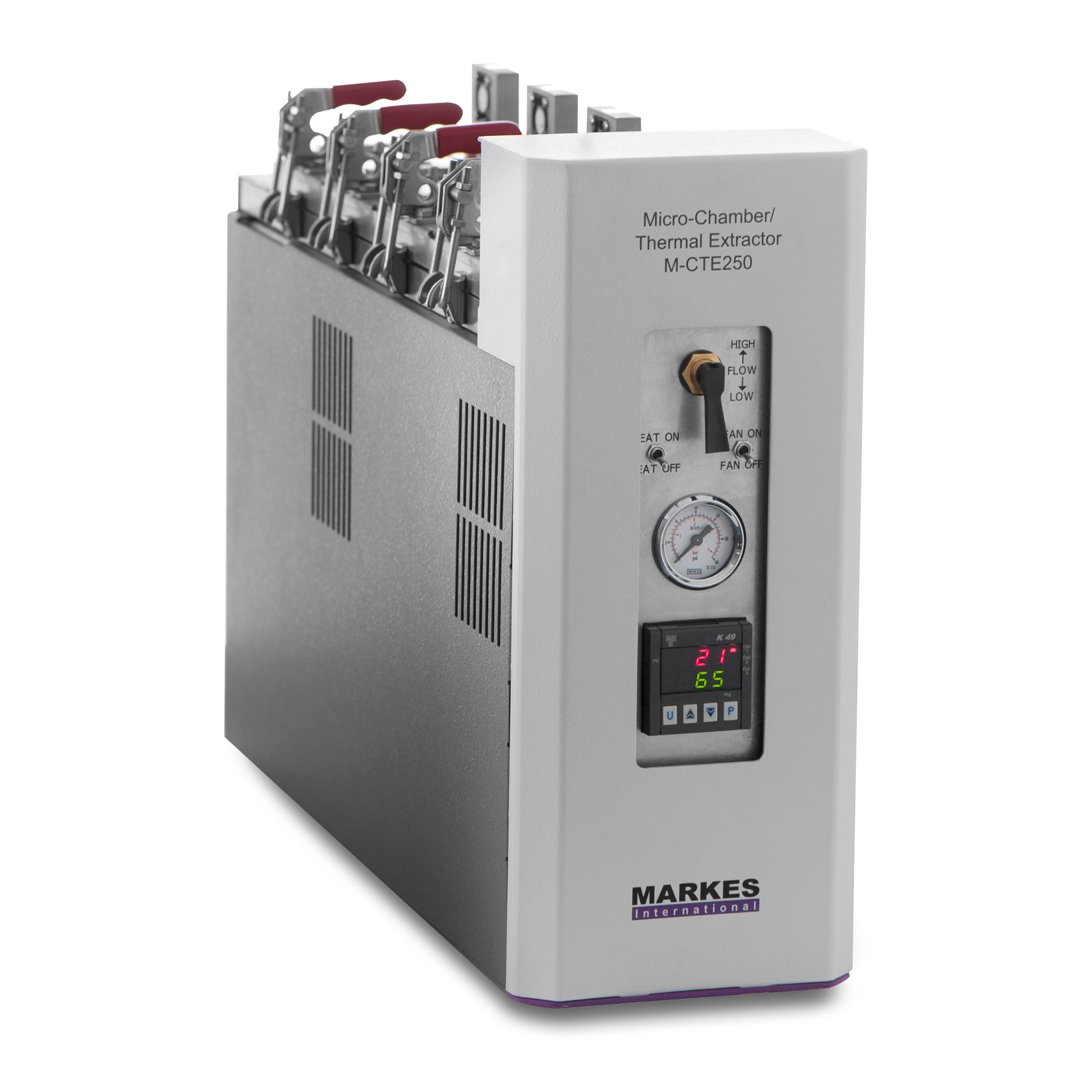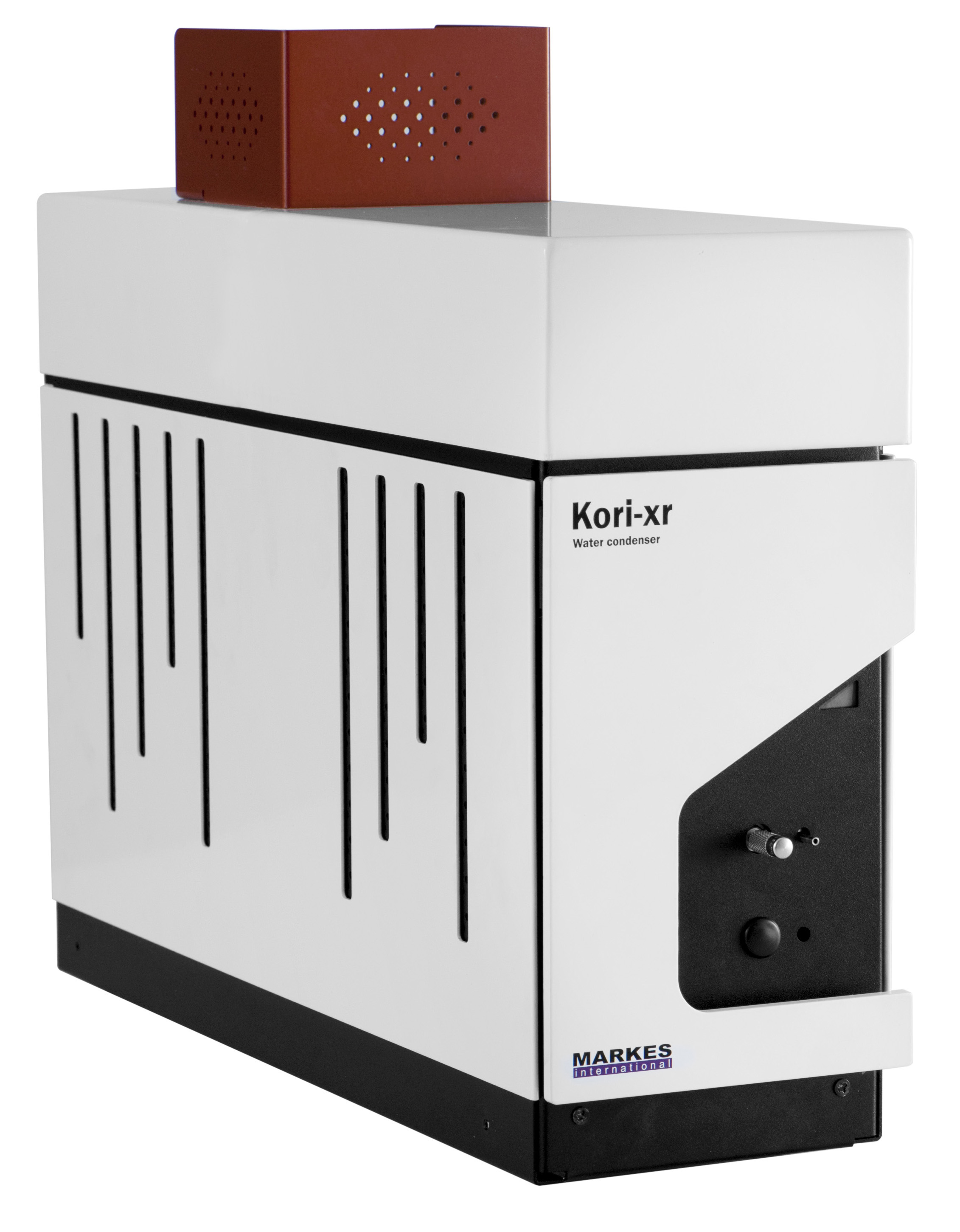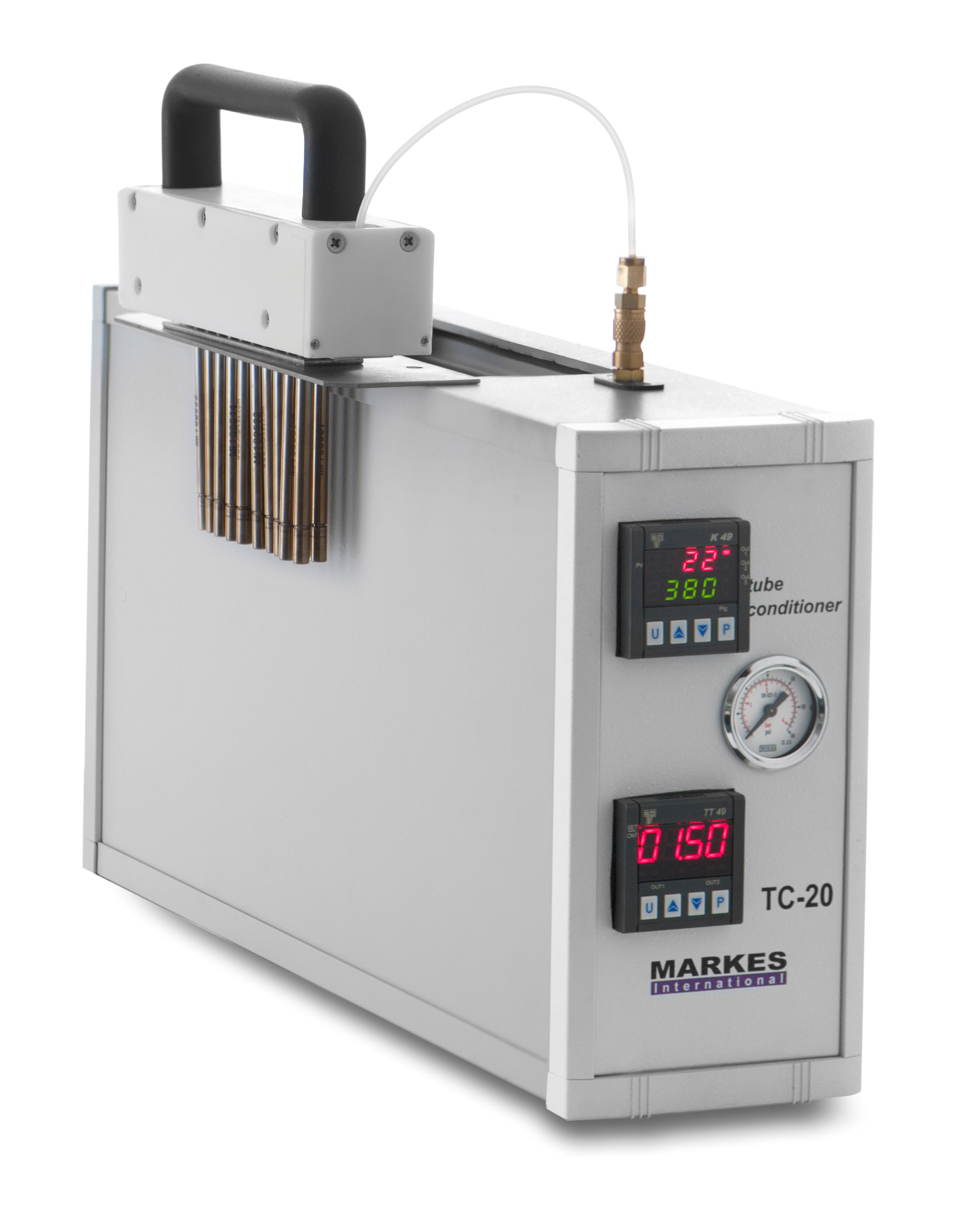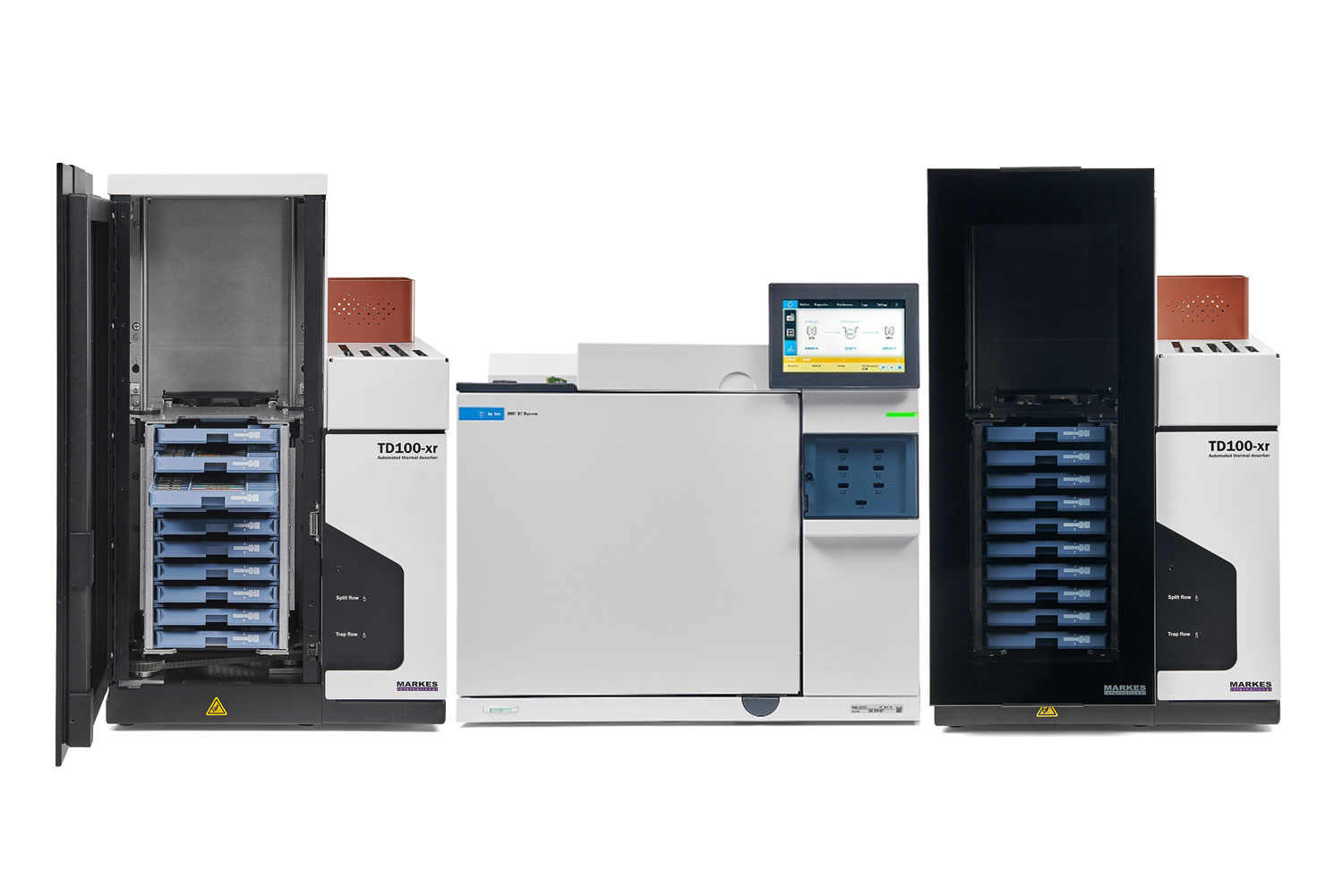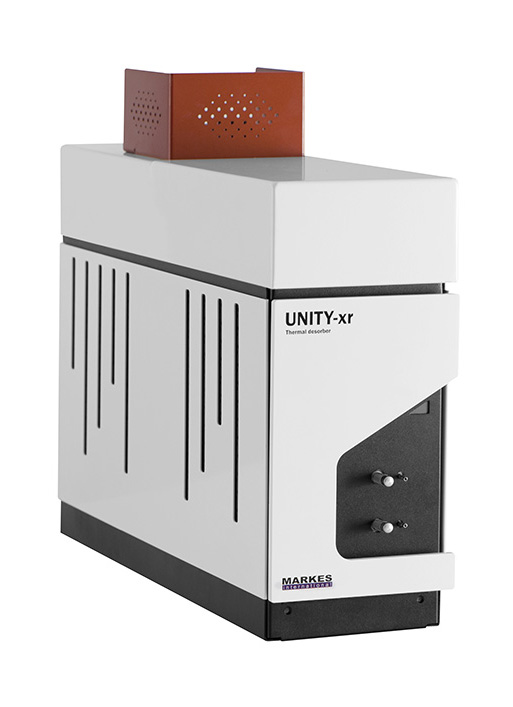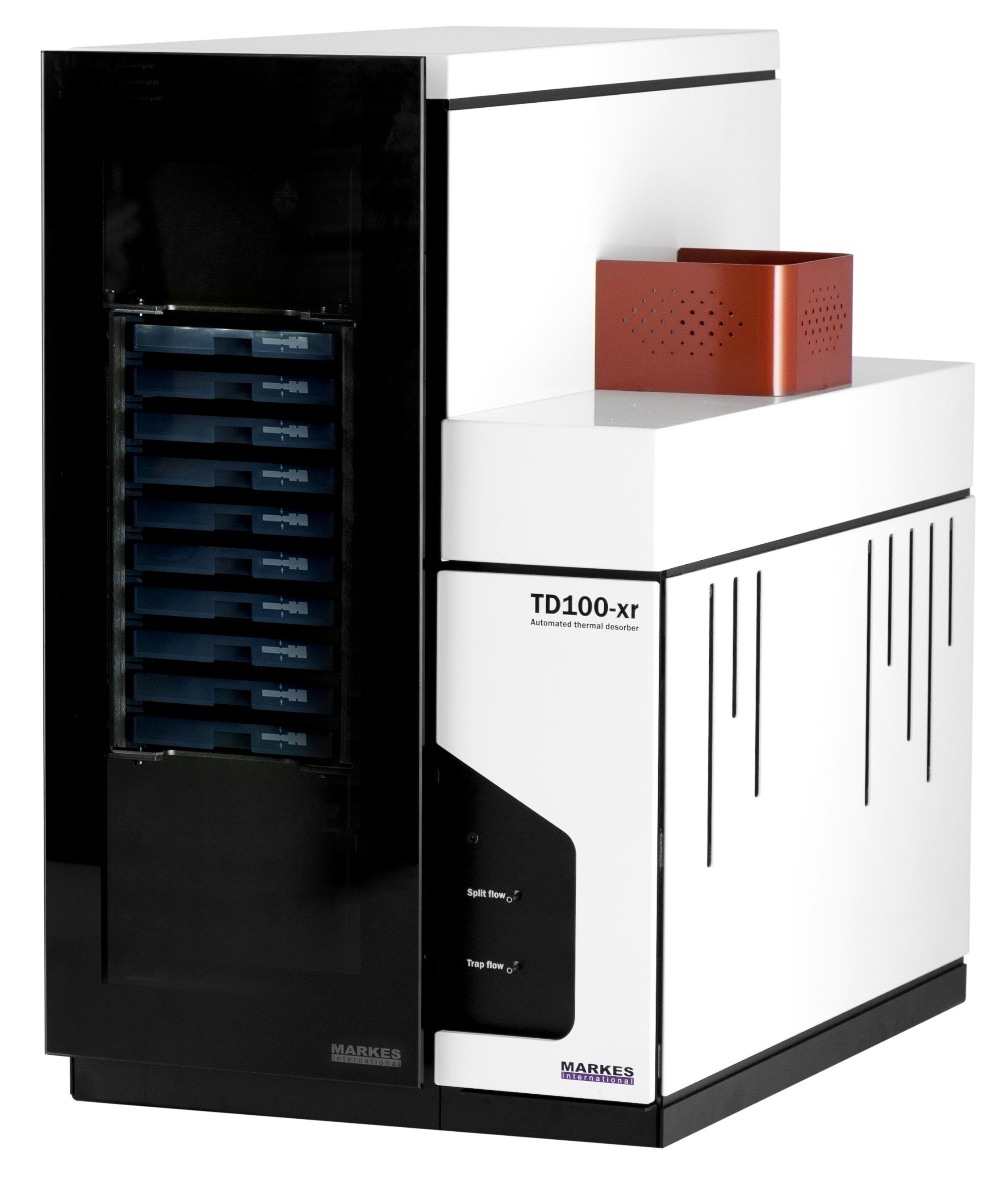Formaldehyde is used worldwide in the manufacture of building materials and household goods, and is one of the most abundant toxic pollutants in indoor air. As a result, regulations are now in place that set limits for formaldehyde release from furnishings and building materials.
What regulations relate to formaldehyde?
Guidelines for indoor air quality (IAQ) and vehicle interior air quality (VIAQ) now state that the concentration of formaldehyde should not exceed certain limits. To meet these requirements, manufacturers of furnishings, building materials and car trim components are now expected to produce goods with low formaldehyde emissions.
The following emission regulations and protocols are particularly important:
- Composite wood products: Airborne toxic control measure for formaldehyde, approved by the EPA Air Resources Board (California, USA).
- Fire-resistant floor coverings: AgBB scheme (Germany).
- Solid building materials: ANSES construction product regulations (France).
- Car trim: Regulations from JAMA (Japan) and TÜV (Germany).
Sampling equipment for formaldehyde analysis
Formaldehyde is too reactive to monitor by TD–GC–MS, but this restriction does not apply to the sampling techniques.
For example, microchamber systems can be used to sample vapours, which are either:
- Swept onto a cartridge containing 2,4-dinitrophenylhydrazine (DNPH), which reacts with the formaldehyde to generate a stable derivative. The cartridge is then analysed by HPLC, in accordance with methods such as ISO 16000-3.
- Passed directly into an on-line formaldehyde monitor, such as the AL4021 from Aero-Laser GmbH. In this case, the formaldehyde reacts with acetylacetone, producing a fluorescent derivative that can be detected spectroscopically.
Formaldehyde sampling equipment from Markes International
Markes’ μ-CTE is a microchamber sampler that can be used in conjunction with DNPH cartridges to dynamically sample vapours containing formaldehyde, in compliance with standard methods such as ISO 12219-3 and ASTM D7706. The same setup can also be used for other reactive carbonyl compounds that can be difficult to analyse by TD.
ISO 12219-3 and equivalent original equipment manufacturer (OEM) methods cite the use of Markes’ μ-CTE dynamic headspace sampler for the rapid screening of emissions from car trim components. Subsequent analysis of sorbent tubes is typically carried out on Markes’ UNITY-xr or TD100-xr thermal desorbers. The use of the µ-CTE in the automotive industry is growing rapidly, due to the ability to sample both bulk and surface-only emissions from materials. The µ-CTE can also simulate formulation processes, and allows comparison of raw materials and competitors’ products. All these capabilities help manufacturers to understand how to reduce emissions and odours from their materials.


